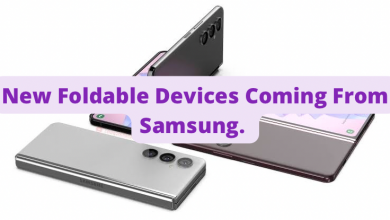MicroLed Technology.

While OLED technology is currently in the spotlight, display designers are already looking ahead to the next big technological shift: microLED. Major product companies such as Samsung and Apple, are already researching this technology for future products, and various manufacturing and research firms are filing patents.
Samsung has already gone a long way in this research, displaying TVs with such displays at CES 2022.
Sharper images, more contrast, and more brilliance while using less energy: these are the demands that not only new device classes place on the displays of the future. Micro LEDs can meet these requirements, but their production poses significant challenges for engineers.
MicroLED and OLED technology share a number of characteristics, making comparisons easier than the LCD vs OLED debates. To begin with, both have LED in their names, indicating that they are made of light emitting diodes. Unlike LCD, which requires a dedicated backlight, both technologies are “self-emitting,” meaning that each red, green, and blue sub-pixel produces its own light. As a result, microLED displays will have very high contrast ratios and deep blacks, similar to OLED displays.

The makeup of the LED materials is where microLED differs from OLED. The O in OLED stands for organic, and it refers to the organic materials used in the pixel stack’s light-producing section. MicroLED technology converts this to an inorganic Gallium Nitride (GaN) material that is commonly used in LED lighting. This switch also eliminates the need for a polarizing and encapsulation layer, allowing for the creation of thinner panels. As a result, MicroLED components are extremely small, measuring less than 100 micrometers in length. That’s a fraction of a human hair’s width.
At CES 2022, Samsung unveiled new Micro LED TV models. With a 99.99 percent body to screen ratio, the Micro LED lineup will now be available in three sizes: 89, 101, and 110 inches. These new Micro LED TVs, according to Samsung, support 100% DCI and Adobe RGB color gamuts. The TVs will also have some customisable features, such as Art mode, Multiview, and Dolby Atmos support, with three modes to choose from.






